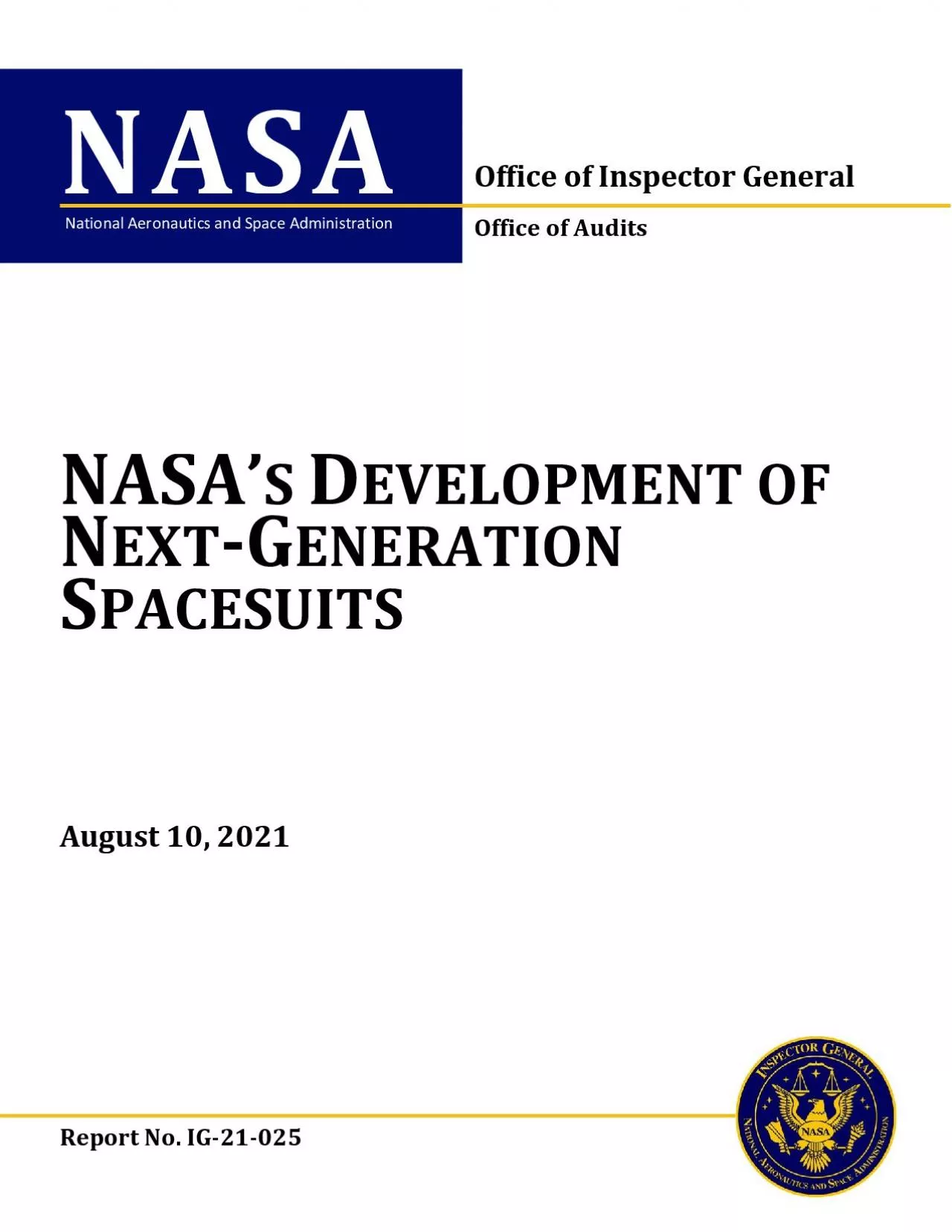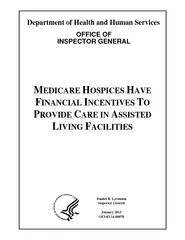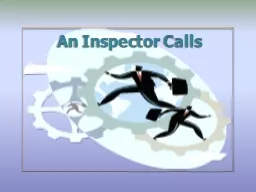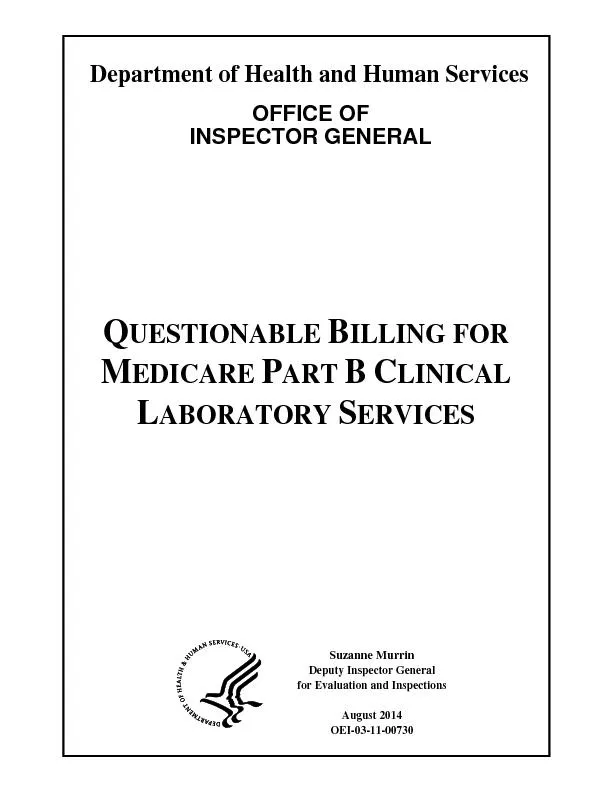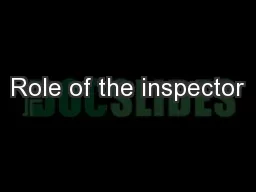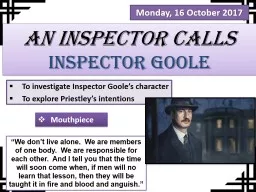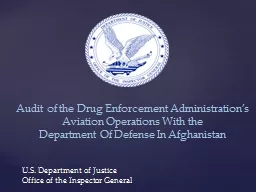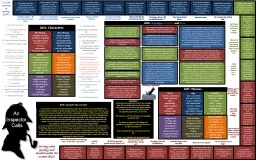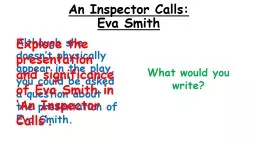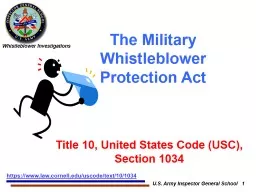PDF-Office of Inspector General
Author : riley | Published Date : 2021-09-14
NASAOffice of AuditsReport No IG21025NASA146S DEVELOPMENTOF EXTENERATION PACESUITSAugust10 2021NationalAeronautics and Space AdministrationOffice of Inspector GeneralTo
Presentation Embed Code
Download Presentation
Download Presentation The PPT/PDF document "Office of Inspector General" is the property of its rightful owner. Permission is granted to download and print the materials on this website for personal, non-commercial use only, and to display it on your personal computer provided you do not modify the materials and that you retain all copyright notices contained in the materials. By downloading content from our website, you accept the terms of this agreement.
Office of Inspector General: Transcript
Download Rules Of Document
"Office of Inspector General"The content belongs to its owner. You may download and print it for personal use, without modification, and keep all copyright notices. By downloading, you agree to these terms.
Related Documents

